
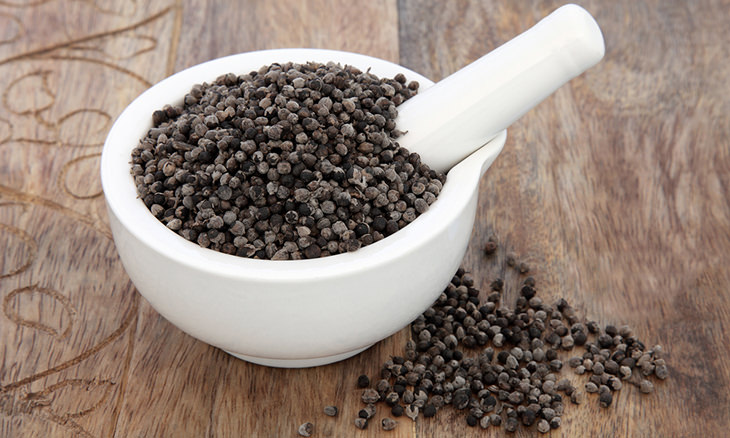

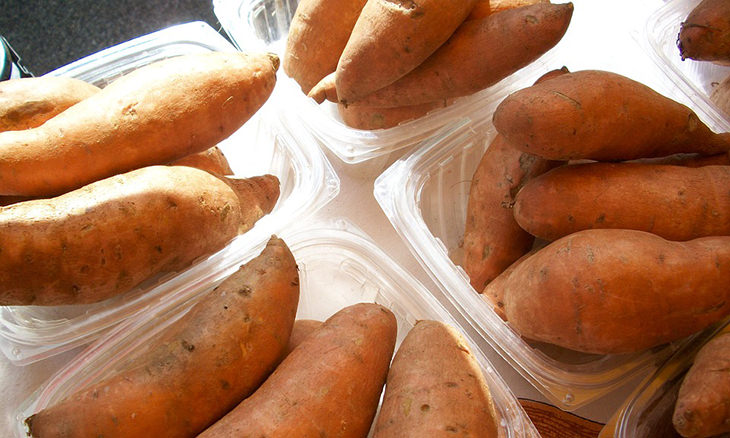

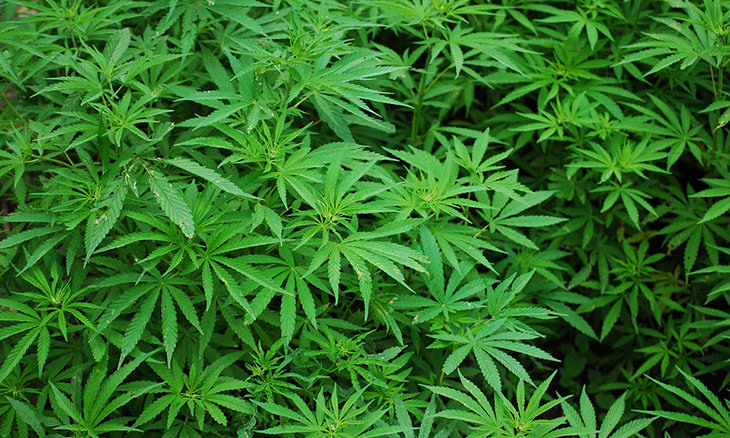


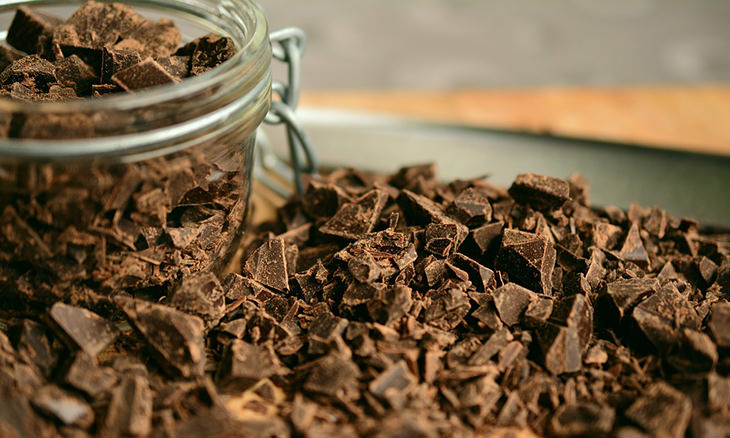



These 17 Beautiful Vintage Cars Are a Treat to the Eyes
Fan of vintage cars? Then you will love this collection.

14 Nostalgic Pics to Take You Back to the Good Ol’ Days
These photos will instantly trigger your nostalgia.
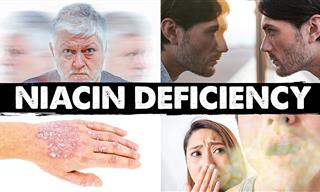 6:32
6:32
Unusual Signs of Vitamin B3 Deficiency You Mustn't Ignore
You may not realize you have Vitamin B3 deficiency!

These Needle-Felted Cats Are Adorably Realistic
Japanese artist Mayumi Yamamoto makes incredibly lifelike cat portraits.

How to Stop Worrying and End Anxious Thoughts at Night
Are anxious thoughts hindering your sleep every night? Here’s what you can do.
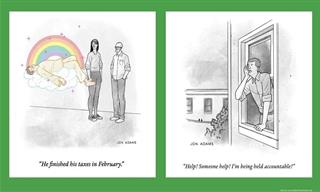
It’s Time for Your Weekly Dose of Hilarious Cartoons!
Enjoy this hilarious collection of minimalist one-panel comics by Jon Adams.
 5:06
5:06
Watch Andrea Bocelli and His Daughter Perform "Hallelujah"
Watch the legendary singer Andrea Bocelli perform a beautiful rendition of the famous song "Hallelujah" with his little daughter.
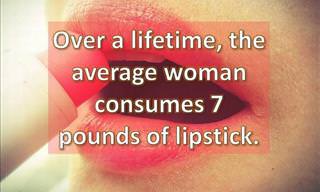
Learn Something New Today with These 10 Intriguing Tidbits...
These random facts will make you think twice about a couple of things - and some will certainly be hard to believe.
 2:10
2:10
God Thought Long & Hard Before Creating the Dog...
They do say dogs are our best friend, and there is a reason for that.
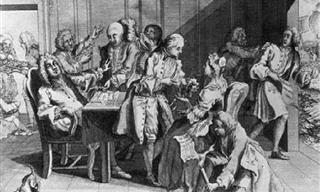
8 Little-Known Wars Rarely Found in History Books
Today, let’s talk about some of the weirdest and little-known wars from history.

Here Are 18 Facts That Are Bound to Blow Your Mind!
Here are 18 amazing facts that you won't be forgetting anytime soon!

These Victorian Era Facts Are Instantly Fascinating
An era of 74 Years in English history, the Victorian era is one of the most interesting periods in history.
 2:35
2:35
A Massive Gorrila, But Watch Her With Kittens...
This video is amazing, I never knew gorillas could be like this.
 8:21
8:21
Wow! I Had No Idea That Whales Could Show Gratitude!
One whale was so grateful for the man who saved his life, he showed his appreciation - by dancing!

History: When Napoleon Was Defeated By an Army of Bunnies
The greatest defeat of Napoleon wasn't Waterloo... It was against a bunch of bunnies.
 4:05
4:05
This Amazing Maze Has Taken the Internet By Storm!
Watch this intriguing video which features a maze of marbles and magnets.
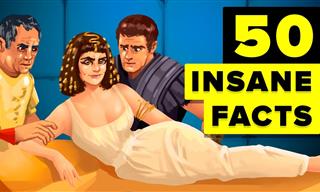 34:31
34:31
50 Unknown Facts About Cleopatra, the Queen of the Nile
Cleopatra is one of the most fascinating figures from history. And there’s still so many things about her you don’t know yet.

Hello, January: Inspiring Quotes to Greet the New Month
Let’s start the new year with these amusing and inspiring January quotes.
 4:02
4:02
The Battle of Midway: Exploring a Decisive WWII Victory
In this clip from the history channel, we dive deep into the great naval fight - the Midway Battle.
 2:57
2:57
'What a Wonderful World' Like You've Never Heard Before!
Listen to this hauntingly beautiful cover of the classic song “What a Wonderful World”.

A Beautiful Story About True Love and Devotion
This beautiful story gives true credence to the words: "True Love"
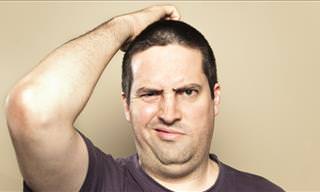
Your Mind Does Play Tricks On You, Say Neuroscientists
There are many sensory tricks that your mind plays on you. Find out about the different phenomena that neuroscientists have discovered over the decades.
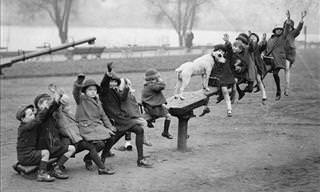
Do You Remember Playing Like These Photographed Children?
In the days before cellphones, the internet, and the like, we children had to learn how to make our fun. Remember playing like these retro kids?
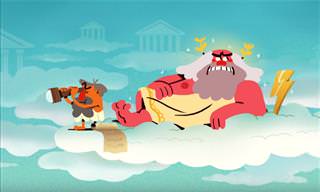 5:03
5:03
Learn All About Herodotus, the Father of History
Learn all about Herodotus, and how he came to be known as the 'Father of History' in this informative video.

These 18 Bold Predictions Were Actually Proven to Be False
Some of the great and good of science, industry and entertainment made bold predictions in the past that proved to be completely false. Take a look.
 13:04
13:04
The Many Calendars of the Modern World - Fascinating!
This video reviews some of the most common calendars in the modern world.
 4:20
4:20
WATCH: The Incredible Kindness of Strangers Is Wonderful
Strangers can be incredibly compassionate, and this is just as true when helping out an animal in distress. Watch this heart-warming video.

This Is What $300,000 Will Buy In 15 Different Countries
If you dream of living overseas, you should know your dream is more attainable than you think. This is what $300,000 would buy you in 15 different countries.

13 Books That Will Make Your Time Fly
These times of social distancing are perfect for catching up on your reading. Check out this list of 13 must reads to get started.

The Secrets Behind 5 Famous and Beloved Magic Tricks!
Get to know the secrets behind well-known magic tricks with these 6 fascinating explanations.

Nostalgic Collection: Click to See the Historical Photos!
Click on any of the photos to be taken to a post full of some of our most fascinating historical photographs.

Grandma Gets Asked a Question and Has a Perfect Response
When I asked grandma what she thought of events in recent years, I found her answer intriguing. It made me realize how much things have changed...

Life Has Changed a Lot Since These Photos Were Taken
These historic photos capture the everyday experiences of the last century, reminding us how much the ordinary things in life have changed.
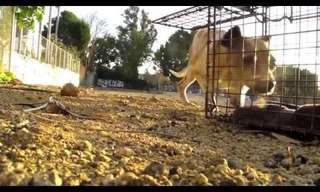 8:23
8:23
Learning to Trust Again - Rehabilitating an Abused Dog
Ralph the abandoned dog learns to trust again...

2024 is Here! And This is Why You Should Be Excited for It
2024 is here! And this is why you should be excited for it.

Rare Interesting Historical Photos That are Must-See
You won’t find these rare photos in your history books.
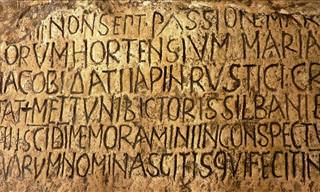
Impress Your Friends With These Quirky Latin Phrases
Make yourself look wiser and more romantic by using these ten Latin phrases on a daily basis.

10 Questions You Always Wanted the Answer To
Let's dive into ten questions you've always wanted to ask and uncover the intriguing science behind everyday phenomena.

12 of the Most Inexplicably Weird Things Ever Discovered
In the world, a lot of discoveries often raise more questions than they answer. Here are 12 of the most inexplicably weird things and places ever found.
 4:59
4:59
You Should Share This With Your Younger Family Members
This enlightening message highlights the state of the world and reminds the social media generation of something vitally important.
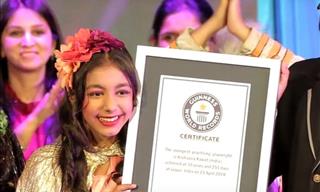
These 10 Children Already Made Outstanding Achievements
Some people achieve great things at a shockingly young age. Check out this list of records broken by children to get inspired.
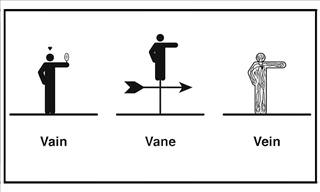
Hilarious: When Words Sound Alike But Mean Different...
Homophones are words that sound exactly the same, but aren't spelled the same and mean something different. Here are 20 that are the wordiest of words.
 7:11
7:11
This Is Why Skyscrapers Are So Rare in European Cities
High rise buildings are not very common in Europe, and history has everything to do with it...

A Few Beautiful Thoughts About True Friendship...
We should never forget the gift that is true friendship...

Why You Might Want to Consider Switching to a Futon Bed
In this article, we will learn what a real futon bed is and if it is better for spine health than a western bed.

Shocking! These Are the Rules That Pirates Had to Obey!
Pirates are often imagined as living a life of adventure, free from the shackles of society. However, they did have rules of their own, and here are 10 of them.
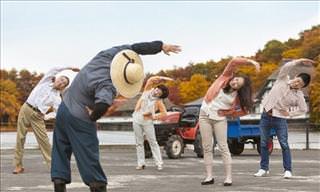
16 Wonderful Japanese Ideas We Should All Start Copying
The Japanese are unique. Their ways seem perfectly designed to help the population live happy fruitful lives. Here are 16 cool Japanese things we should copy.


